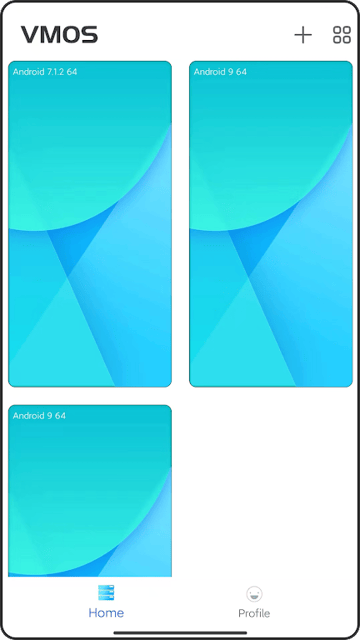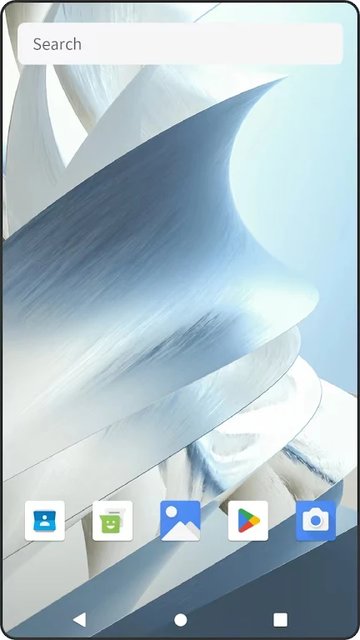In the world of smartphones, there’s always a need to push boundaries and explore new ways to optimize how we use our devices. Imagine a scenario where you could effortlessly run another operating system, entirely separate from your primary phone environment, without worrying about any conflicts. This is where the concept of creating a parallel ecosystem on your mobile comes into play. By using specialized software, users can effectively emulate a whole new mobile system within their existing one, all while maintaining a seamless and efficient experience.
Running Multiple Systems Simultaneously
One of the most revolutionary aspects of this technology is the ability to run several systems on the same device simultaneously. Think of it like having two different phones inside one, where each system operates independently, with its own apps, settings, and configurations. This feature allows you to multitask at a level that is far beyond the usual capabilities of a standard smartphone. It’s perfect for users who need to balance personal and professional lives, test new software, or even explore alternative operating systems without risking their primary setup.
Separation of Environments for Privacy and Security
Privacy is one of the key concerns in the modern digital age, and having an isolated environment within your phone is a powerful tool for safeguarding sensitive data. For instance, if you want to store encrypted files, take confidential photos, or use apps that require heightened security, you can do so in an environment completely separated from your regular phone functions. This isolation ensures that any potential threats, such as malware or security breaches, are contained within this virtualized space and cannot affect the core system of your device. By adding a layer of separation, your personal information remains safe and secure, even when experimenting with risky apps or files.
Freedom to Experiment Without Consequences
The ability to experiment without consequences is one of the most appealing aspects of using a virtualized system on your phone. You can try out new applications, test software, and explore new settings without the fear of negatively impacting the primary system. If something goes wrong, you’re simply working within an isolated environment, and your main device remains unaffected. Whether you’re a developer testing out a new app or a user curious about alternative settings, the peace of mind that comes with this feature is invaluable.
Effortless Operation and Convenience
What makes this technology even more user-friendly is how easy it is to set up and use. Once the virtual system is running, everything operates just as it would on a typical smartphone. The user interface is intuitive, and switching between systems is seamless. There’s no need for complicated technical knowledge, and you can start using the system almost immediately after installation. This ease of use makes the technology accessible to a wide range of users, from casual smartphone owners to tech enthusiasts and professionals.
Conclusion: A Powerful Tool for Today’s Mobile Users
In today’s mobile-centric world, having the ability to run a separate operating system within your smartphone provides unparalleled flexibility and security. Whether you want to manage different user profiles, safeguard private information, or simply experiment with different software, the potential applications of this technology are vast. By creating isolated environments within your phone, you can take control of your device in ways that were previously unimaginable. It’s an ideal solution for anyone who needs extra layers of privacy, security, or simply a more efficient way of managing their digital life.


















